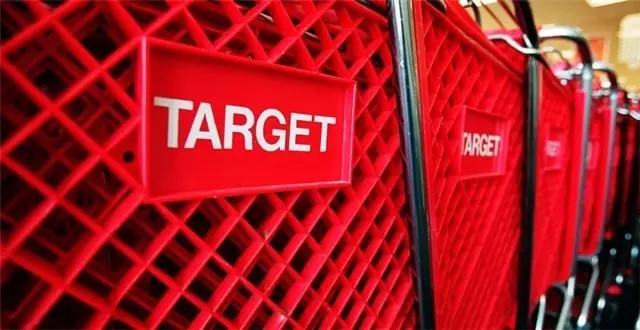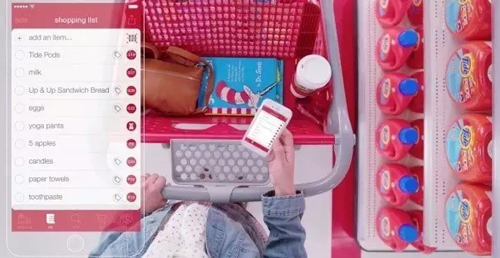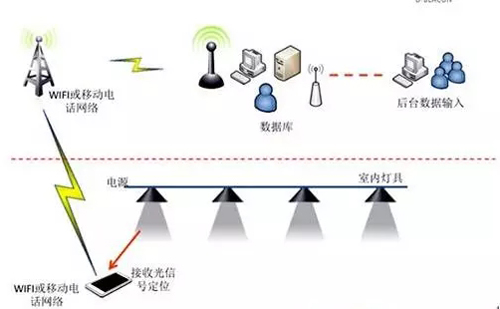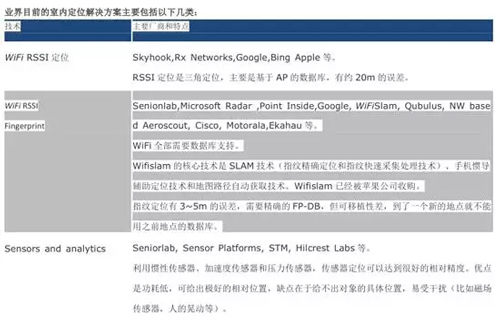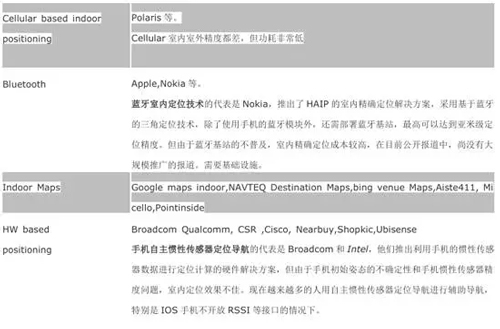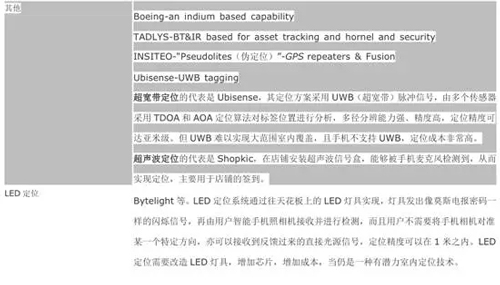Philips Lighting recently announced a YellowDot (Yellow Point) program to open its LED-based indoor positioning technology to other lighting companies. The YellowDot program allows manufacturers to test and certify their LED luminaires to be compatible with Philips' indoor positioning technology. In addition, in support of the program, Philips plans to launch three YellowDot Ready LED drivers (60W, 100W and 150W) in Europe by the end of this year. Philipsden Uijl, Philips Lighting Interior Positioning Partner Manager, said: "With the YellowDot program, Philips Lighting and its customers will promote commercial lighting systems based on indoor positioning in fast-growing emerging markets. Retail stores and shopping centers will have more combinations. The choice of LED fixtures for the most accurate indoor positioning system on the market. Trato-TLV Group, a French luminaire manufacturer, was the first to join the YellowDot program and will showcase LED luminaires compatible with Philips indoor positioning technology at the Paris Retail Technology Show in September 12-14. The Trato-TLV Group is dedicated to the design, manufacture and sale of innovative lighting products for nearly 70 years. Guillaume Picha, General Manager of Trato-TLV Group, said: "By joining the YellowDot program, we are able to provide our customers with the best indoor positioning solutions on the market and gain a competitive advantage. Philips Lighting's YellowDot Ready drives our lamps Realize visible light communication without affecting energy consumption and service life." Philips Lighting's indoor positioning system does not read personal information on the customer's smartphone. Each luminaire uses a visible light communication technology (VLC) to transmit digital information in one direction. The human eye can't detect this light, but the smartphone's camera can receive it. As long as the shopper downloads the retailer's app, they can choose to access location-based services, such as positioning the items on their shopping list with an accuracy of 30 centimeters (cm). Philips Lighting and Trato-TLV Group will showcase this indoor positioning technology at the EQUIPMAG, a Paris-based retail technology equipment fair, September 12-14. US retail giant Target has nearly 1,800 stores in 47 states, and its in-store mobile navigation system allows customers to quickly find the most popular information delivery vehicle: QR code and lighting in the “maze-like†supermarket. Required goods. After the customer enters the store, Target will send the free coffee gift information through the lighting-based navigation technology. Customers will continue to receive more “promotional information†during their stay in the store. If you pass the aisle, continue to send instructions to the mobile phone for her desired products and provide product information. "If we add a sensor to the lamp to make the bulb smarter, then it can provide us with a lot of information, such as temperature, air pollution index, human dynamics, etc." Fan Dehai said that people can use mobile phones The lens captures the light and gets a lot of information from it, which is cheap and safe. Fan Dehai is the current design and marketing director of the Zumtobel Group. He was the chief designer of Philips Lighting and was appointed by UNESCO as the International Light of Year lighting ambassador last year. . In general, GPS positioning is not possible in buildings. “But as long as my mobile phone can receive three different light sources, I can identify which floor and which room in the building you are in. For example, with lighting assistance, you can not only rescue the trapped person more quickly in the event of an emergency, but you can also order a cup of coffee and have it automatically delivered to your office. Fan Dehai believes that indoor positioning is the so-called Killer App. OSRAM has also announced that it will develop the indoor positioning lighting market through Bluetooth technology companies. The pace of development in this market is still in its infancy, and OSRAM will compete with other players such as Philips. For the company's new system, OSRAM CEO Olaf Berlien pointed out that the company has envisaged many application-oriented aspects, such as when consumers browse products in physical stores, they can present product information in front of their mobile phones through system links. Or let the salesperson manipulate the direction of the light to focus on the key items. In addition, it can also be used in the museum's navigation, replacing the traditional headphone interpretation. According to Olaf Berlien, the company's indoor positioning lighting system has actually been tested in the parking lot in Munich, Germany, to help car owners find parking locations faster. The company said that in the future, the indoor positioning lighting system will be combined with the smart city's devices, so that the lighting system in the city has the function of navigation like GPS. Osram revealed that the company chose Bluetooth as the connection method for indoor positioning lighting systems because Bluetooth does not require direct lines to connect. This advantage is very important in practical applications. Whether it is OSRAM's Bluetooth device or Philips' VLC system, it is currently being tested in physical stores, and US retailer Target has tested both products. However, because the emerging technologies are still in the development stage, the future trend is still to be observed. LED optical communication technology, which is one of the functions of indoor positioning, has attracted many companies to participate in research and development in the domestic market in the past few years. Enterprises including Zhouming Technology, Qinshang Optoelectronics, and Huace Optical Communications have released relevant technologies and products. Indoor positioning trend Indoor positioning faces technical challenges, including accuracy and robustness, accuracy, tolerance of environmental impact, and so on. At the same time, indoor positioning requires low cost, low power consumption, wide coverage, high flexibility, and acceptable accuracy requirements. Each individual positioning technology has its own advantages and limitations. If you mix and match different technologies, take advantage of it, and make it short, you can have a good positioning effect, achieve high coverage from one environment to another, and reduce the positioning power consumption. Specific indicators include: 1. Hybrid networking and convergence positioning; 2. Better coverage (scalability); 3. Low power consumption - Unloading; 4. Moving closer (simplification). For example, a large number of advertisements and information from Apple's micro-location technology iBeacon; D2D recovery is possible. 5. Organizational integration and information gathering. The integration of positioning information, environmental information and personal preferences can be inferred from the environment of physical positioning and semantic positioning, and can better support the environment (power consumption, historical data and coverage) from the location of environmental reasoning.
The lquid turbine flow meter is widely used to measure liquid in the closed pipeline, and there`s no corrosion with with those stainless steel like 1Cr18Ni9Ti, 2Cr13 and corundum Al2O3, hard alloy, and also in the liquid there`re no fibers, particles and other impurities, kinematic viscosity is less than 5*10-6m2/s under the working temperature .
Liquid Turbine Flow Meter,Liquid Turbine Flowmeters,Water Turbine Flow Meter,Oil Turbine Flow Meter Kaifeng Chuangxin Measurement & Control Instrument Co., Ltd. , https://www.kfcxflowmeter.com